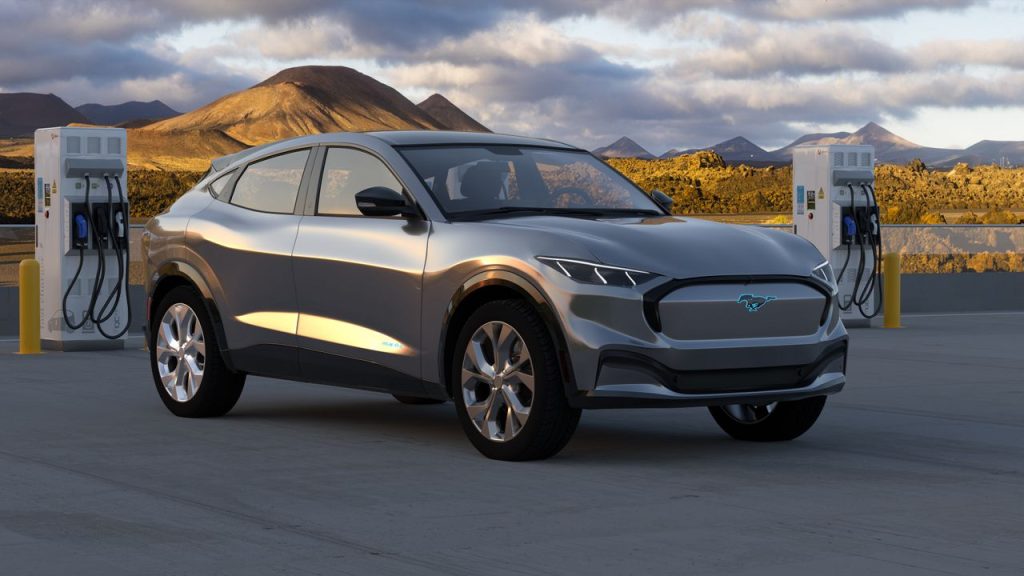Government Incentives and Subsidies for Electric Vehicles
As the world becomes increasingly aware of the need to reduce carbon emissions and combat climate change, governments around the globe are implementing various measures to promote the adoption of electric vehicles (EVs). One of the most effective ways to incentivize consumers to switch to EVs is through government incentives and subsidies. In this article, we will explore some of the key incentives and subsidies offered by governments to encourage the purchase and use of electric vehicles.
Purchase Incentives
One of the primary ways governments promote the adoption of electric vehicles is by offering purchase incentives. These incentives typically come in the form of direct financial assistance, such as tax credits or rebates, which reduce the upfront cost of buying an electric vehicle. The amount of the incentive varies depending on the country and can range from a few hundred dollars to several thousand dollars.
Furthermore, some governments also provide additional incentives for low-income individuals or households, making electric vehicles more accessible to a wider range of consumers. These purchase incentives not only make EVs more affordable but also help offset the higher upfront cost compared to traditional gasoline-powered vehicles.
Clean Vehicle Programs
In addition to purchase incentives, many governments have implemented clean vehicle programs to encourage the adoption of electric vehicles. These programs often involve setting specific targets for reducing greenhouse gas emissions and promoting the use of clean transportation options.
As part of these programs, governments may offer additional benefits to electric vehicle owners, such as access to high-occupancy vehicle (HOV) lanes, reduced toll fees, or free parking in certain areas. These perks not only incentivize the purchase of electric vehicles but also provide tangible benefits to EV owners, making the overall ownership experience more convenient and cost-effective.
Subsidized Charging Stations
Another crucial aspect of promoting electric vehicle adoption is the availability of charging infrastructure. To address this, governments often provide subsidies for the installation of charging stations. These subsidies can be offered to businesses, organizations, or even individual homeowners, encouraging them to invest in charging infrastructure and make it more widely accessible to EV owners.
By subsidizing charging stations, governments aim to alleviate range anxiety and provide EV owners with the confidence that they can easily find a charging point when needed. This infrastructure development is crucial for the widespread adoption of electric vehicles, as it ensures that charging is convenient and readily available, similar to refueling at a traditional gas station.
Conclusion
Government incentives and subsidies play a vital role in accelerating the adoption of electric vehicles. By offering purchase incentives, implementing clean vehicle programs, and subsidizing charging infrastructure, governments can effectively reduce the barriers to entry for consumers and make electric vehicles a more attractive and viable option.
As the demand for electric vehicles continues to grow, it is essential for governments to prioritize sustainable transportation policies and provide ongoing support to ensure a smooth transition to a cleaner and greener future.


